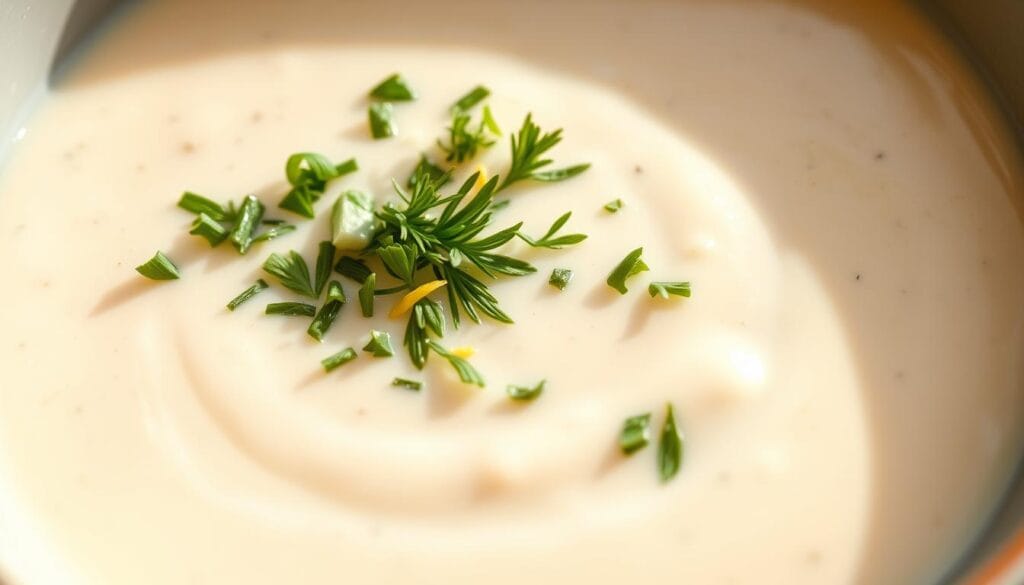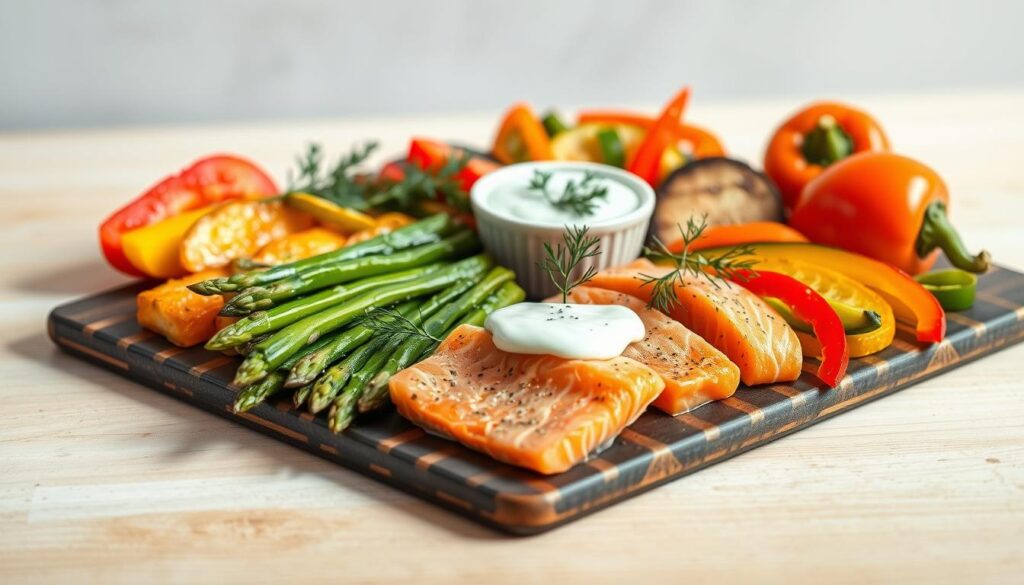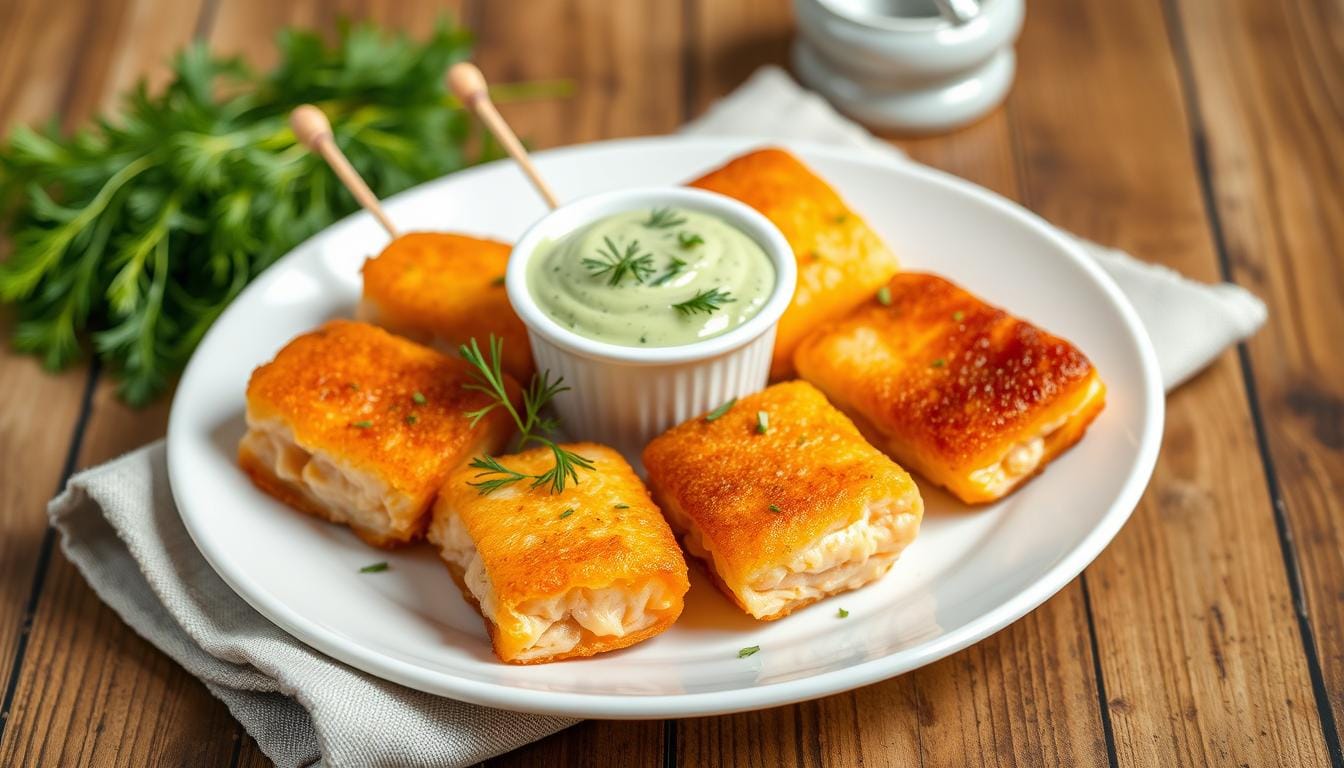Craving a meal that’s both nutritious and bursting with flavor? This easy-to-follow dish combines tender fish with zesty accents for a meal that packs a punch in under 30 minutes. Perfect for busy evenings or impressing guests, it’s designed to deliver gourmet results without complicated steps.
Choosing alternatives to traditional recipes can support digestive wellness and energy levels. Many find that avoiding certain grains helps them feel lighter and more vibrant. This approach also opens doors to creative ingredient swaps that highlight natural tastes.
The star of this dish is seasoned with nutty sesame and bright citrus notes, then baked to perfection. A tangy herb-infused topping adds freshness, balancing the rich flavors. Best of all, cleanup is minimal—just a baking sheet and skewers.
Whether you’re exploring new dietary habits or simply want a lighter meal, this option fits seamlessly into low-carb or protein-focused plans. Serve it as an appetizer or pair it with roasted veggies for a satisfying main course. Ready to transform your kitchen routine? Let’s dive in.
Introduction: Embracing Gluten-Free Cooking and Its Benefits
Exploring new culinary horizons can transform your kitchen into a hub of wellness and creativity. What began as a medical solution for celiac disease has blossomed into a global movement. Today, gluten-free recipes appeal to anyone seeking vibrant meals that fuel the body without weighing it down.
Why choose this approach? Many find it reduces bloating and boosts energy by focusing on whole foods. Instead of processed grains, meals spotlight fresh fish, crisp veggies, and herbs bursting with flavor. Take salmon—it’s packed with omega-3s for brain health and lean protein to keep you full longer.
This style of cooking isn’t restrictive—it’s liberating. You’ll experiment with spices like smoked paprika or citrus zest instead of relying on pre-made sauces. A drizzle of olive oil and pinch of sea salt can elevate simple ingredients into memorable dishes.
- Better digestion through easily absorbed nutrients
- Stable blood sugar from balanced proteins and fats
- Social flexibility when hosting guests with dietary needs
Whether prepping a quick dinner or planning a festive meal, gluten-free options adapt effortlessly. They prove that eating well means savoring every bite—no compromises needed.
Essential Ingredients and Tools for Your Recipe
Quality components and the right equipment make all the difference when crafting memorable meals. Let’s break down what you’ll need to ensure success—from vibrant flavors to efficient prep.
Key Ingredients for Fish Cubes and Herb Topping
Begin with fresh, skinless fillets sliced into 1-inch cubes. Coating them in olive oil and nutty sesame oil creates a golden crust while locking in moisture. Toasted sesame seeds add crunch, while a pinch of salt enhances natural richness.
For the zesty topping, combine finely chopped red onions with fresh dill, a squeeze of lemon juice, and a tablespoon of mayonnaise. This blend balances creaminess with bright acidity. Always opt for gluten-free mayo to maintain dietary alignment.
- High-quality oils boost flavor without overpowering
- Citrus elements cut through the fish’s natural oils
- Fresh herbs deliver maximum aroma and nutrients
Must-Have Kitchen Tools and Prep Essentials
A sharp knife ensures uniform cuts for even cooking. Use bamboo skewers (soaked beforehand) or stainless steel versions to prevent burning. Two mixing bowls streamline prep—one for marinating, another for blending the sauce.
- Rimmed baking sheets lined with parchment prevent sticking
- Measuring spoons guarantee precise seasoning ratios
- Small bowls keep garnishes organized
With these items ready, you’ll minimize clutter and focus on layering flavors.
Gluten Free Salmon Pops with Dill Sauce: Step-by-Step Recipe
Transform your weeknight dinners with this effortless gourmet experience. Follow these precise methods to create tender, flavorful bites that highlight smart ingredient combinations. Perfect for hosts or busy cooks, the process flows smoothly when you prep components strategically.
Preparation Techniques and Marinade Tips
Start by slicing skinless fillets into 1-inch cubes—uniform sizes ensure even cooking. In a bowl, mix 2 tablespoons olive oil with 1 teaspoon sesame oil. Toss the fish gently to coat each piece, then sprinkle toasted sesame seeds and sea salt. Let marinate while soaking bamboo skewers for 20 minutes.
Fold thin lemon slices into quarters before threading. Alternate between citrus and seasoned cubes on skewers. This infuses bright acidity while creating visual appeal. Keep remaining marinade for basting during cooking.
Cooking Instructions and Time Management
Preheat your oven to 425°F as you line a baking sheet with parchment. Place salmon skewers in a single layer, spacing them evenly. Bake 5-7 minutes until edges crisp but centers stay moist.
Use the cooking window to blend fresh dill, red onion, and lemon juice for the sauce. Multi-tasking this way ensures both elements finish simultaneously. Total active prep stays under 15 minutes—ideal for quick meals without sacrificing depth of flavor.
Flavor Boost: Crafting the Perfect Dill Sauce

Elevate your dishes with a sauce that’s both nutritious and vibrant. This creamy blend adds depth to meals while delivering essential nutrients. Let’s explore how fresh herbs can transform simple ingredients into a standout topping.
Why Fresh Dill Deserves a Spot in Your Kitchen
Packed with vitamins A, C, and D, dill leaves offer more than just taste. They contain iron for energy and potassium for heart health. Its grassy-anise flavor pairs perfectly with fish, cutting through richness without overpowering.
| Nutrient | Dill (per 100g) | Parsley | Cilantro |
|---|---|---|---|
| Vitamin A | 154% DV | 108% DV | 135% DV |
| Iron | 9.5mg | 6.2mg | 1.8mg |
| Antioxidants | High | Moderate | Low |
To make the creamy dill sauce, whisk chopped red onions with fresh herbs and lemon juice. A tablespoon of mayonnaise creates smooth texture, while olive oil adds richness. Balance sharpness with a pinch of salt and pepper.
This versatile topping works as a dip for veggies or drizzle for grilled meats. Store leftovers in airtight containers—it stays fresh for three days. Herb-based sauces like this prove healthy eating never means sacrificing flavor.
Expert Tips for Perfect Salmon and Crispy Texture
Mastering the art of cooking fish requires balancing heat and timing. The right method can elevate simple ingredients into restaurant-quality dishes. Let’s explore how to achieve golden exteriors and tender interiors every time.
Baking vs. Pan-Frying: Methods and Best Practices
For crispy results, grab a heavy skillet like cast iron. Sear fish skin-side down 3-4 minutes on medium heat. Transfer the pan to a preheated oven (425°F) for 5-7 minutes. This dual method locks in moisture while creating crunch.
Prefer hands-off cooking? Bake at 375°F for 10 minutes, flipping halfway. Baking uses dry heat for even doneness. Pan-frying offers faster browning but needs careful temperature control.
Quick Seasoning and Marinade Hacks
Skip long marinating times. Mix 1 teaspoon each of salt, pepper, and paprika in a bowl. Toss fish with olive oil first—this helps spices stick better. Let sit 5 minutes before cooking for deeper flavor penetration.
For extra crispness, pat fish dry with paper towels. Moisture steams instead of searing. Always preheat your skillet or oven—cold surfaces lead to soggy textures.
Serving Suggestions and Pairing Ideas

Transform your plate into a vibrant feast that nourishes and delights. Pairing your main dish with thoughtful sides creates balanced meals bursting with color and texture. Let’s explore how to turn simple ingredients into restaurant-worthy presentations.
Colorful Companions and Plating Strategies
For casual dinners, arrange skewers over fluffy jasmine rice sprinkled with chopped parsley. Drizzle extra sauce diagonally across the plate for artistic flair. Hosting guests? Serve alongside Mediterranean pasta salad with olives and sun-dried tomatoes for contrasting flavors.
Brighten your meal with zesty slaws. Try shredded cabbage mixed with orange juice and thinly sliced fennel. The crunch adds freshness while boosting vitamin C content. Roasted honey-glazed carrots make another sweet, savory side that complements rich flavors.
Keep prep simple by using parchment-lined trays for easy cleanup. Stack skewers vertically in a ceramic bowl for dramatic height during formal events. These cooking techniques prove that eating well can be both beautiful and effortless.
You can also FOLLOW ME on Facebook and Pinterest for more great recipes!
FAQ
Can I substitute fresh dill in the sauce?
Yes, dried dill works in a pinch—use one-third the amount listed for fresh. For a vibrant twist, try chopped parsley or chives.
How do I prevent the fish from sticking to the pan?
Lightly coat your skillet or baking sheet with avocado oil or nonstick spray. Patting the fillets dry before cooking also helps achieve a crisp exterior.
What’s a good gluten-free alternative to bread crumbs?
Crushed gluten-free crackers, almond flour, or panko-style substitutes like Ian’s brand work well. For extra crunch, add finely chopped nuts.
Can I prep the creamy sauce ahead of time?
Absolutely! Store it in an airtight container in the fridge for up to three days. Stir well before serving to refresh the texture.
Is pan-frying faster than baking?
Pan-frying takes about 4–5 minutes per side for a golden crust, while baking requires 12–15 minutes at 400°F. Choose based on your preferred texture and schedule.
What sides pair well with this dish?
Try quinoa pilaf, roasted asparagus, or a citrusy kale salad. For a hearty option, serve with garlic mashed cauliflower or zucchini noodles.
How long should I marinate the fillets?
15–20 minutes is ideal. Over-marinating can break down the protein, resulting in a mushy texture. Lemon juice and olive oil balance flavor without overpowering.
